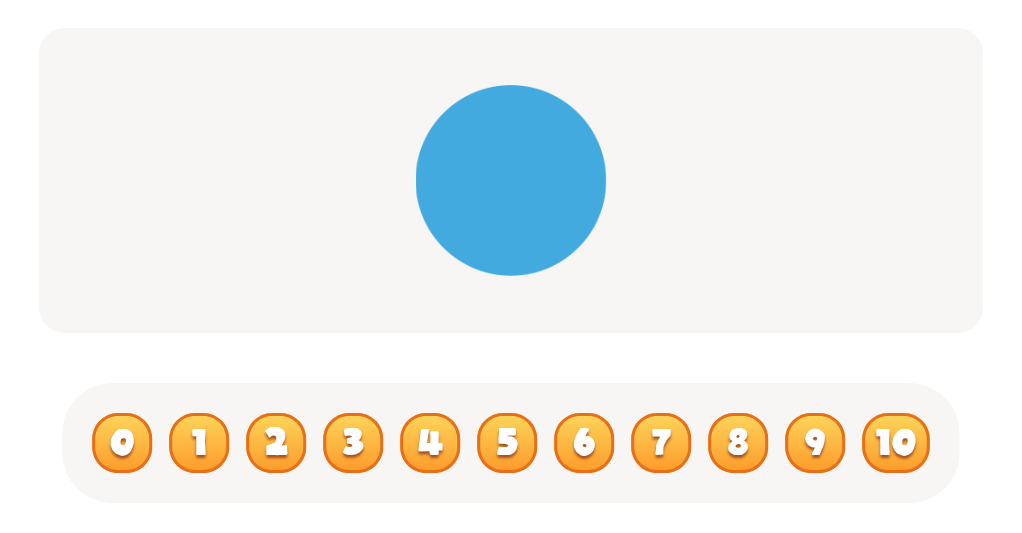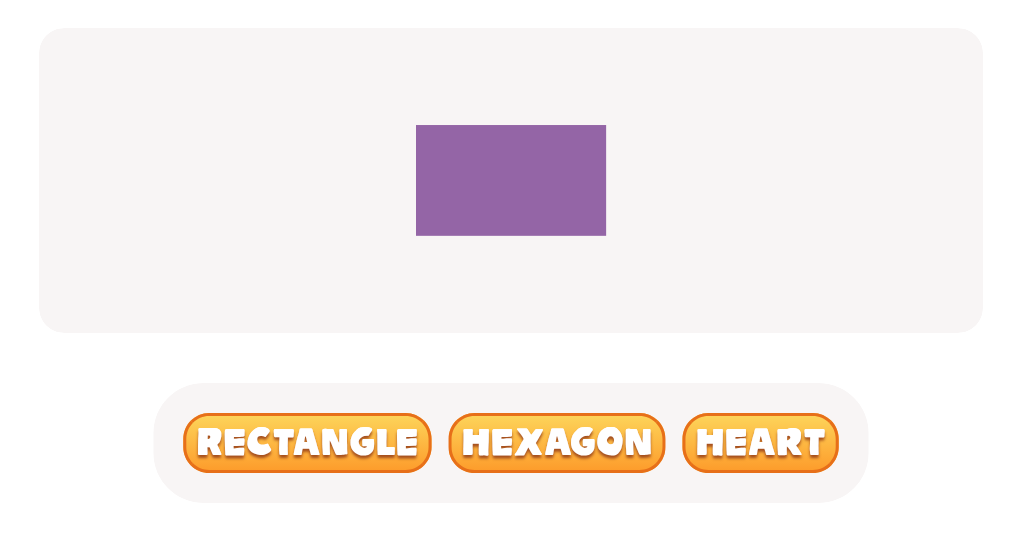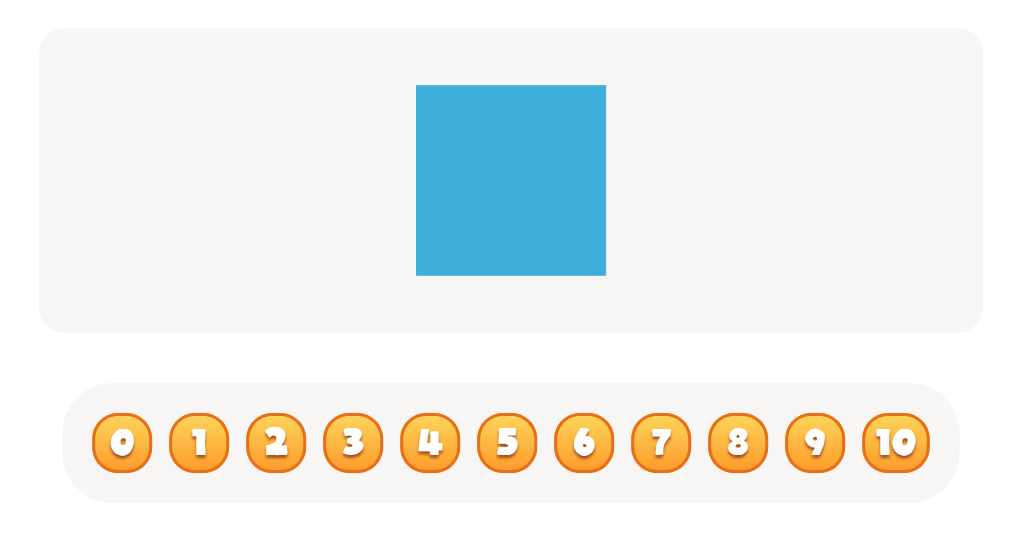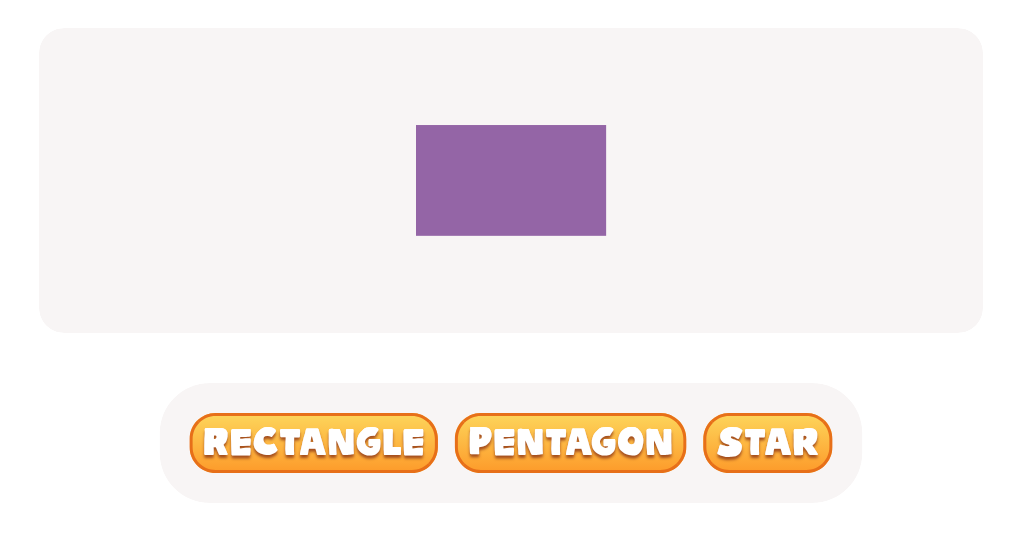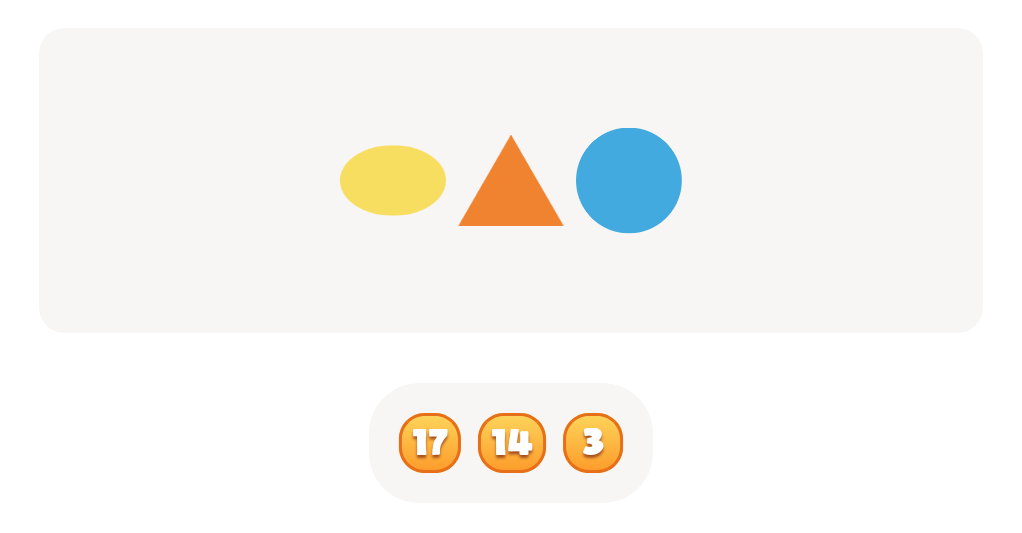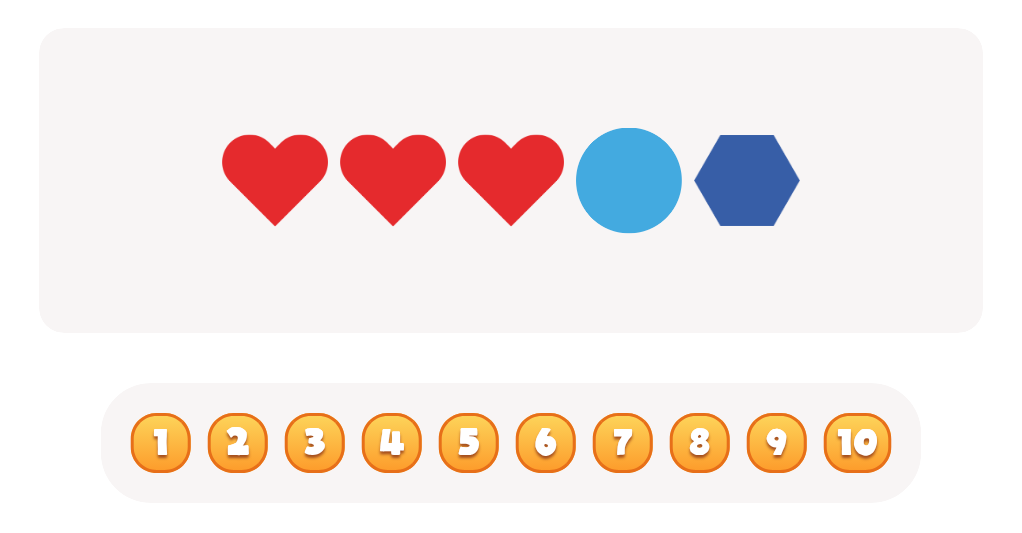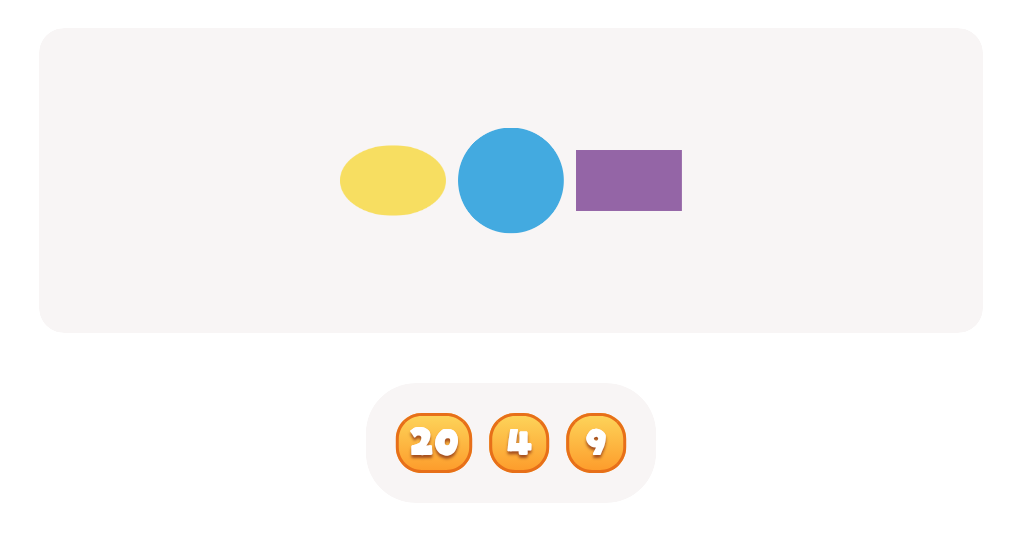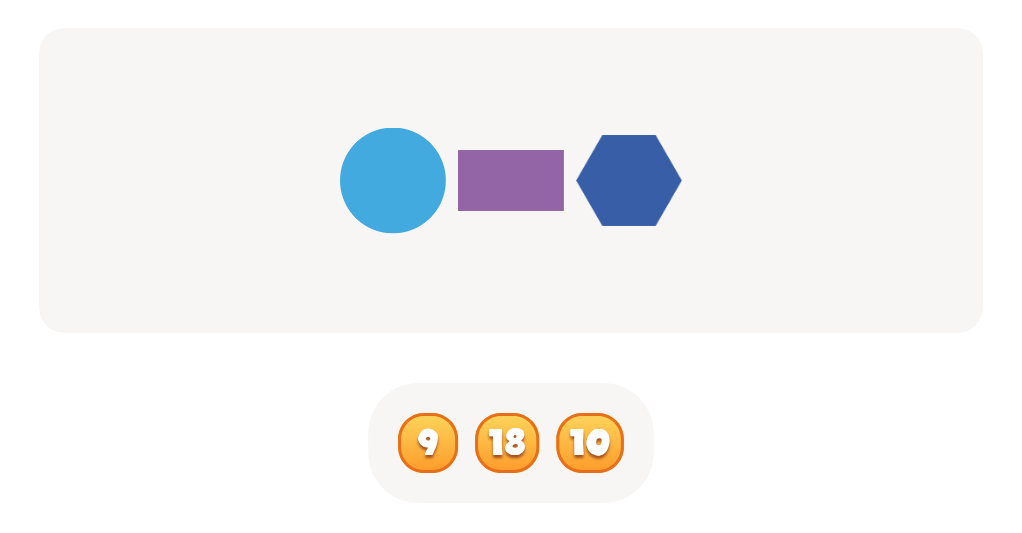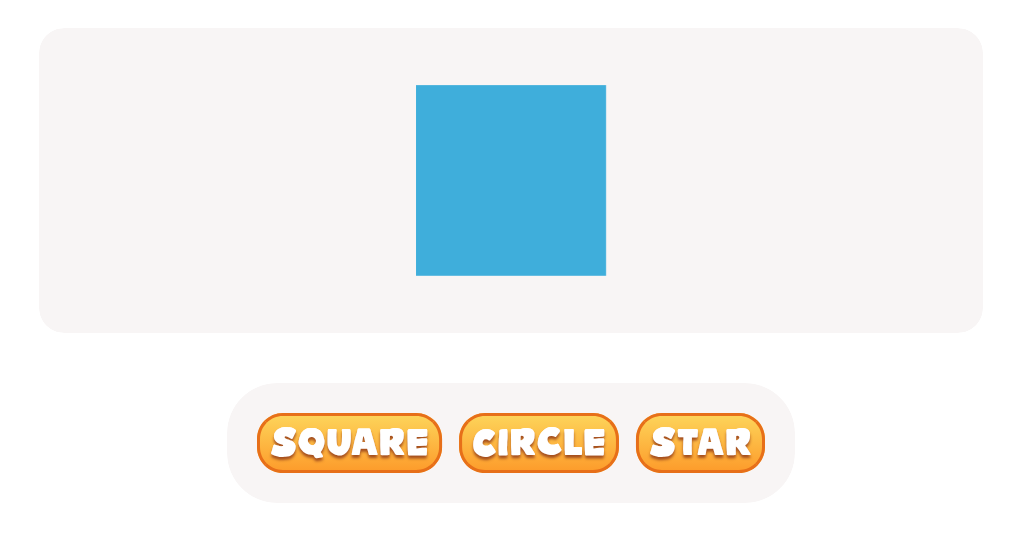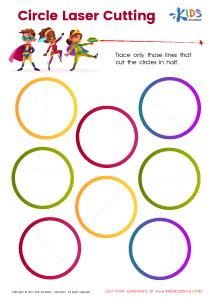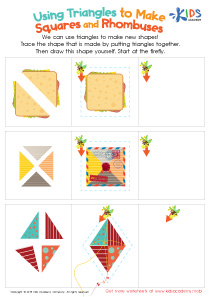Shape identification Normal 2D Shapes Worksheets for Ages 3-6
4 filtered results
-
From - To
Discover our engaging Shape Identification Normal 2D Shapes Worksheets designed specifically for children aged 3-6! These interactive worksheets help young learners recognize, identify, and classify basic 2D shapes like circles, squares, triangles, and rectangles. Each activity is crafted to promote early math skills through fun and visually appealing designs, encouraging children's creativity and critical thinking. Perfect for classrooms or home learning, our worksheets make learning about shapes enjoyable and effective. Boost your child's confidence in shape recognition with these educational resources tailored to support their developmental needs while making math a delightful experience! Get started today to build a solid foundation in geometry!
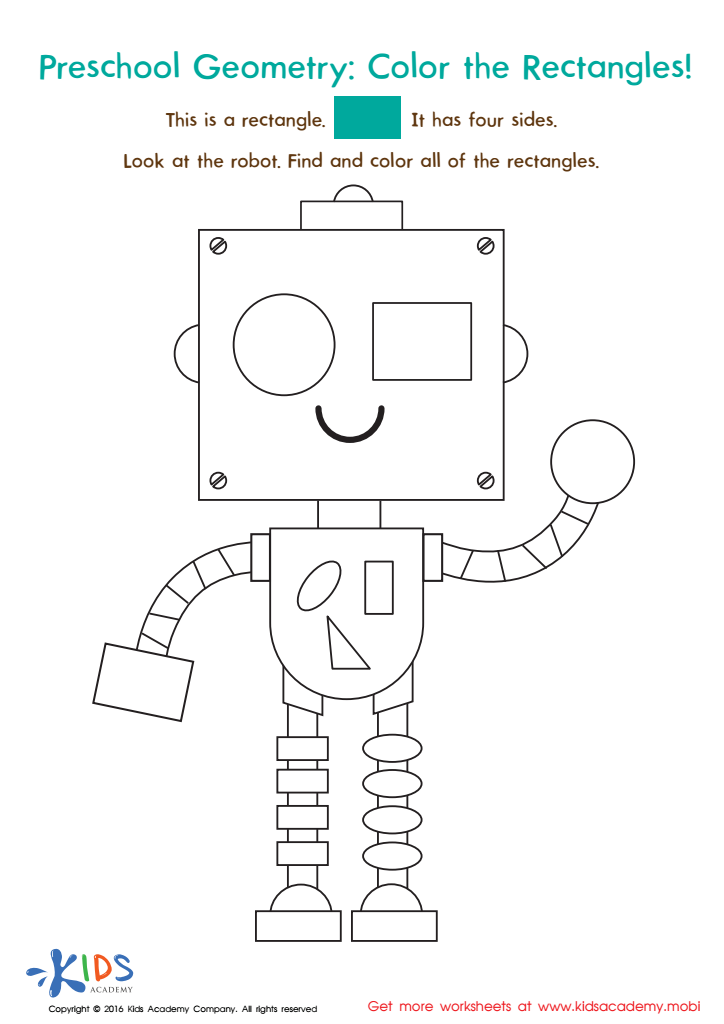

Geometry Worksheet
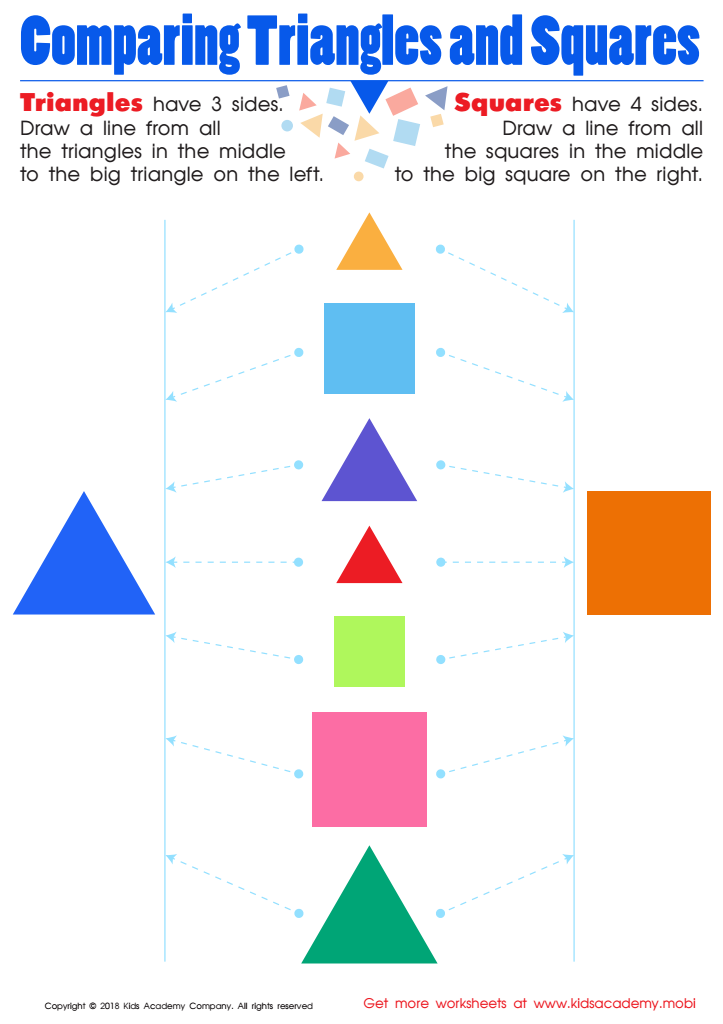

Comparing Triangles Squares Worksheet
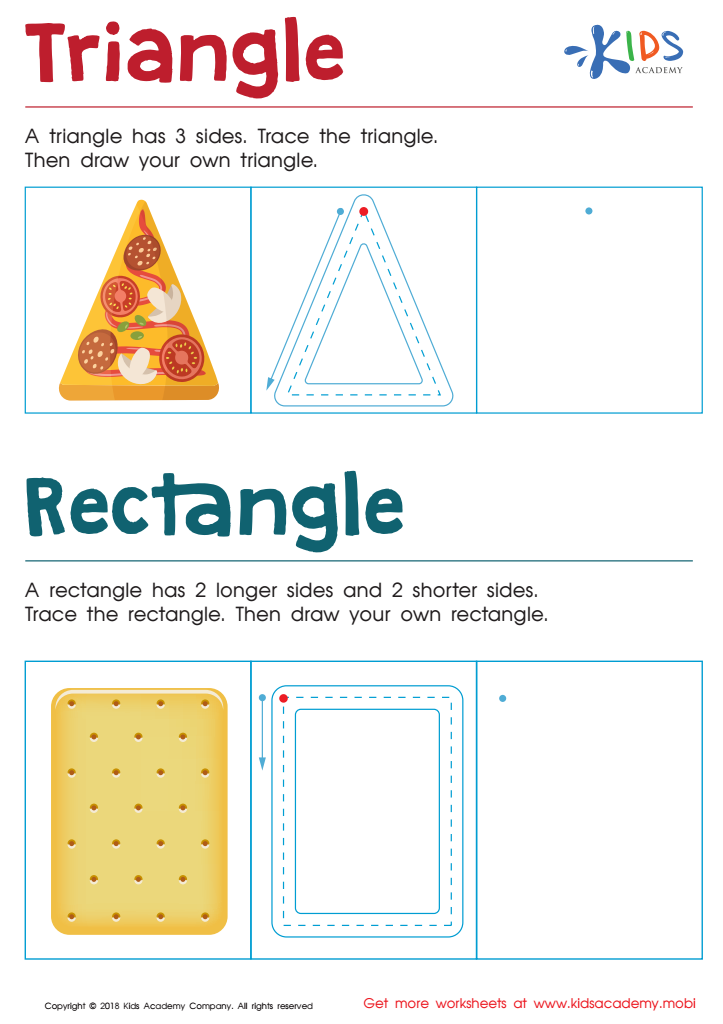

Triangle Rectangle Worksheet
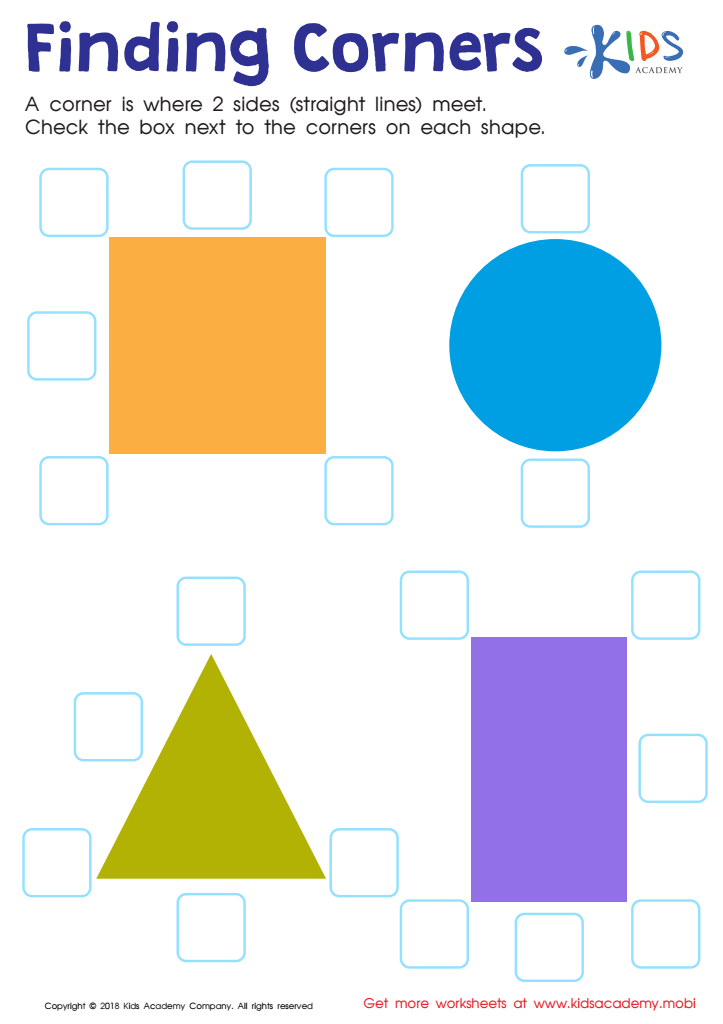

Finding Corners Worksheet
Shape identification is a fundamental building block in early childhood education, particularly for children aged 3 to 6. Understanding normal 2D shapes—such as circles, squares, triangles, and rectangles—promotes essential cognitive and motor skills. For parents and teachers, facilitating shape recognition is crucial as it lays the groundwork for more complex mathematical concepts that children will encounter later in their education.
Engaging with shapes enhances children’s spatial awareness, critical thinking, and problem-solving abilities. Through activities like sorting, matching, and constructing with shapes, children improve their fine motor skills and hand-eye coordination, essential for writing and other developmental tasks. Shape identification also enriches vocabulary as children learn to describe and differentiate between shapes, fostering language development.
Moreover, recognizing shapes in everyday life encourages observational skills and experiential learning. This process instills a sense of curiosity about the world. Early exposure to shape identification can have lasting effects on a child's mathematical understanding, fostering a positive attitude towards learning. Thus, parents and teachers should prioritize shape identification, employing playful and interactive strategies to make learning engaging and meaningful, ultimately nurturing their emotional and intellectual growth during these formative years.
 Assign to My Students
Assign to My Students
